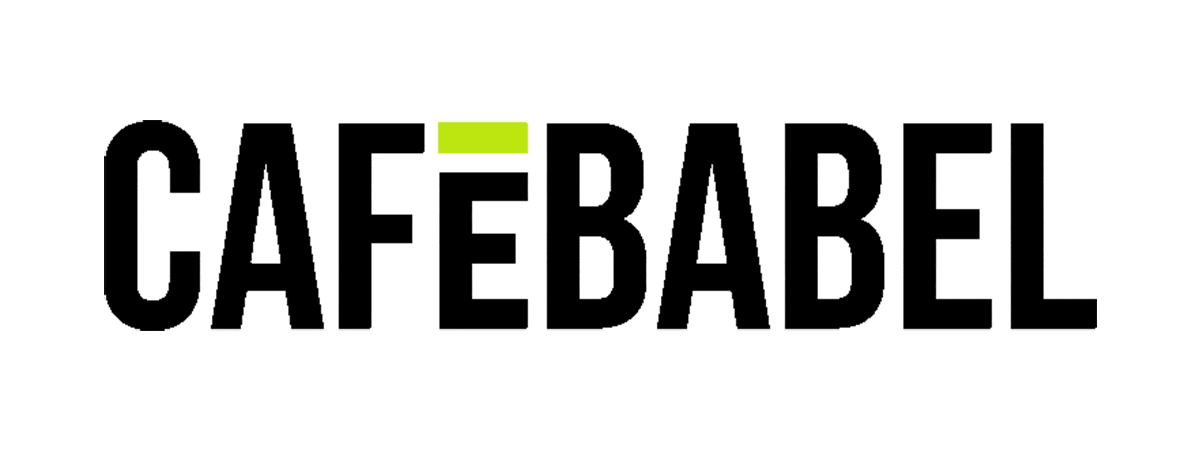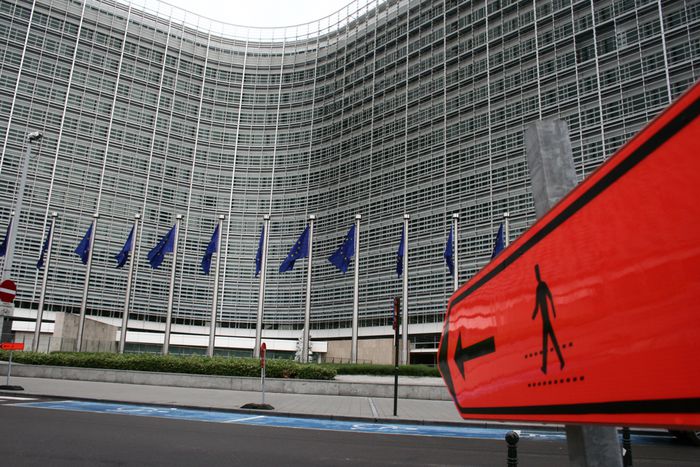
Construction: Brussels EU quarter gets 'humanised'
Published on
Translation by:
 caroline feetam
caroline feetam
In the Belgian capital, blue and yellow dot the colours of the European Union, but also flag the numerous building sites in the European quarter. This is the zone that houses the office buildings occupied by the European institutions
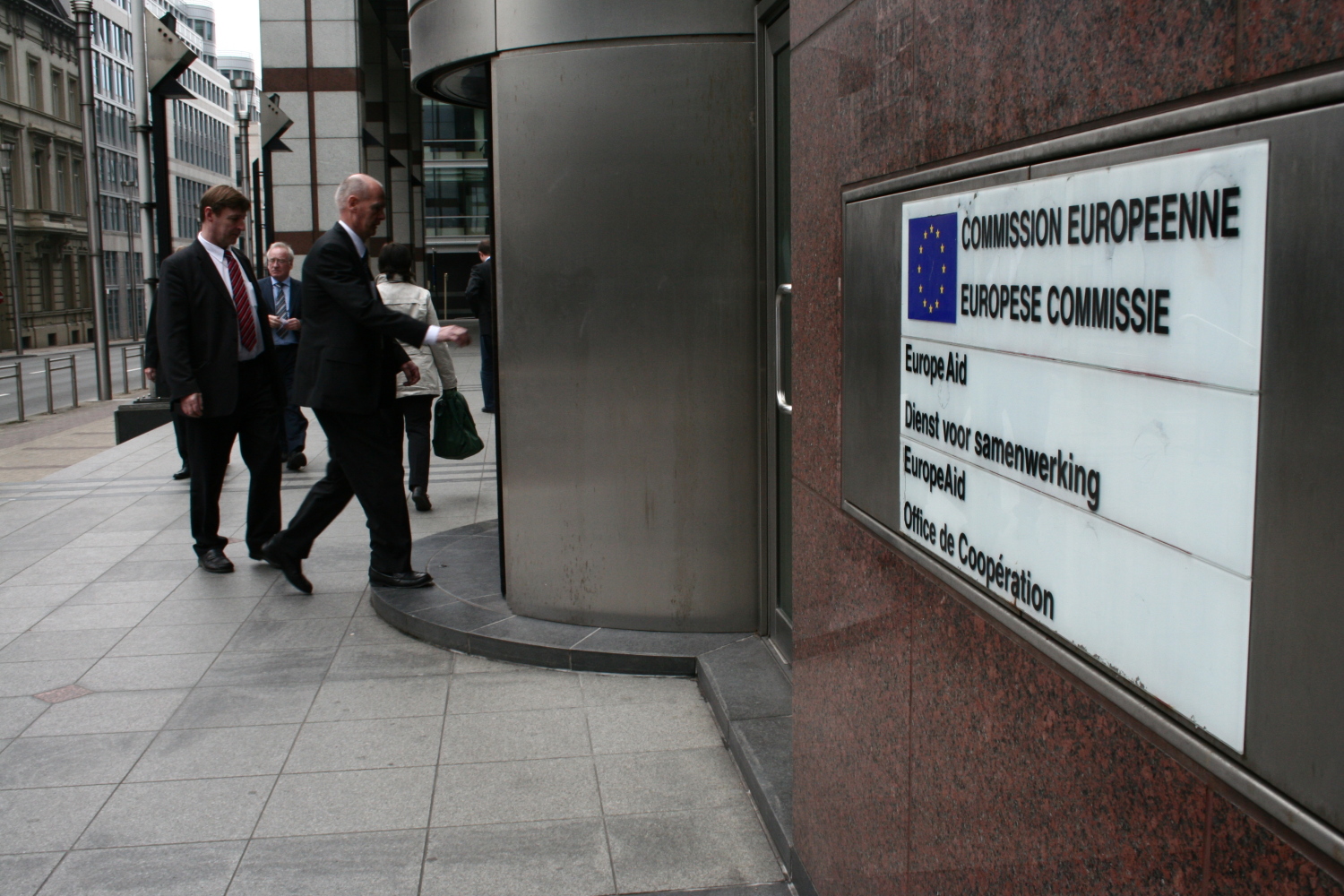
The famous four-lane highway leads to the EU institutions from the centre of town. It symbolises the transformation of the Belgian city into the European capital
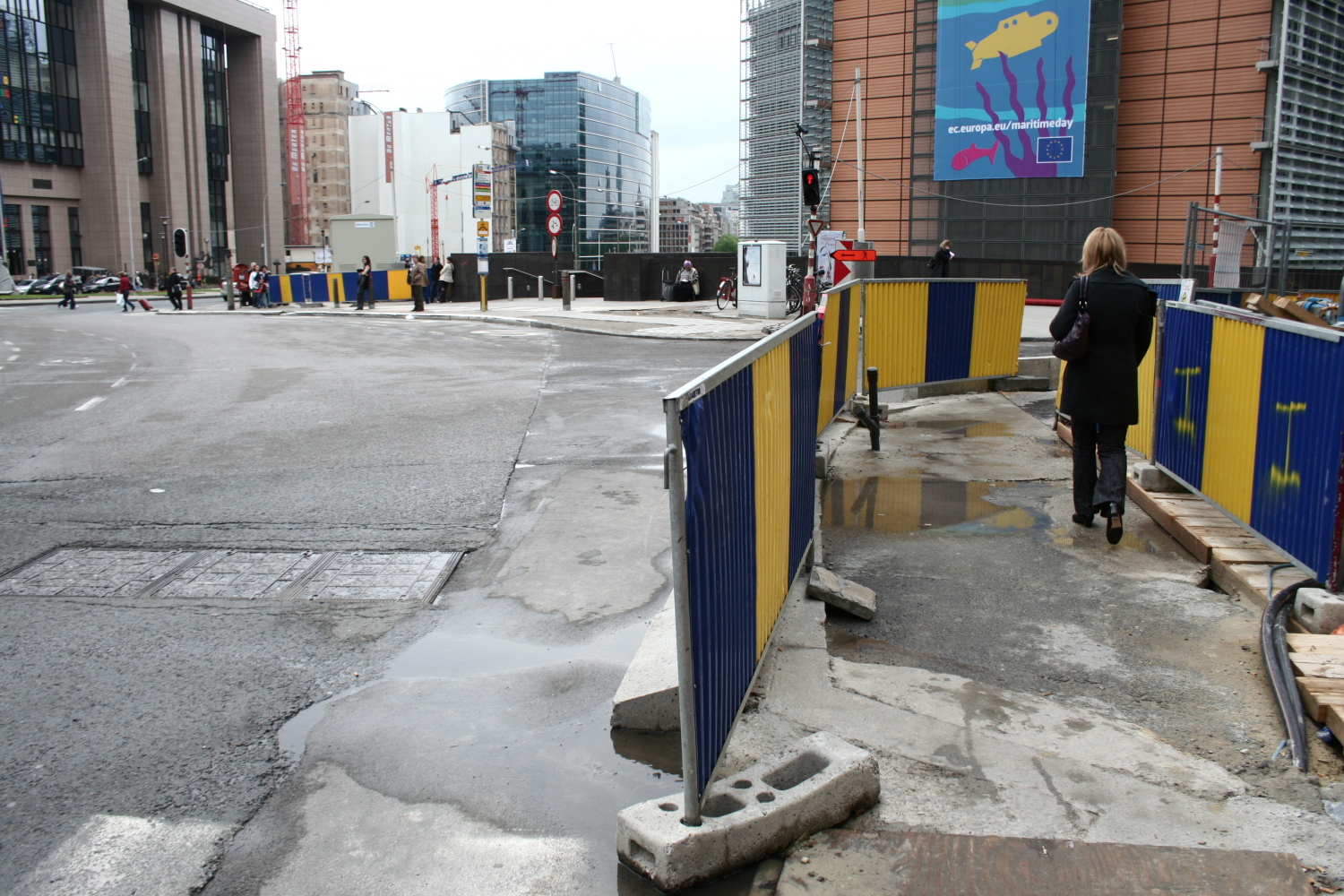
The former French prime minister and co-founder of the EU lends his name to the metro stop marking the roundabout onto which the European parliament gazes down. Place de Luxembourg is just in front of the parliament, a famous drinking square for EU-types

Just some of the obstacles that the 'Eurocrats' are having to deal with on their way to work in one of the sixty EU buildings
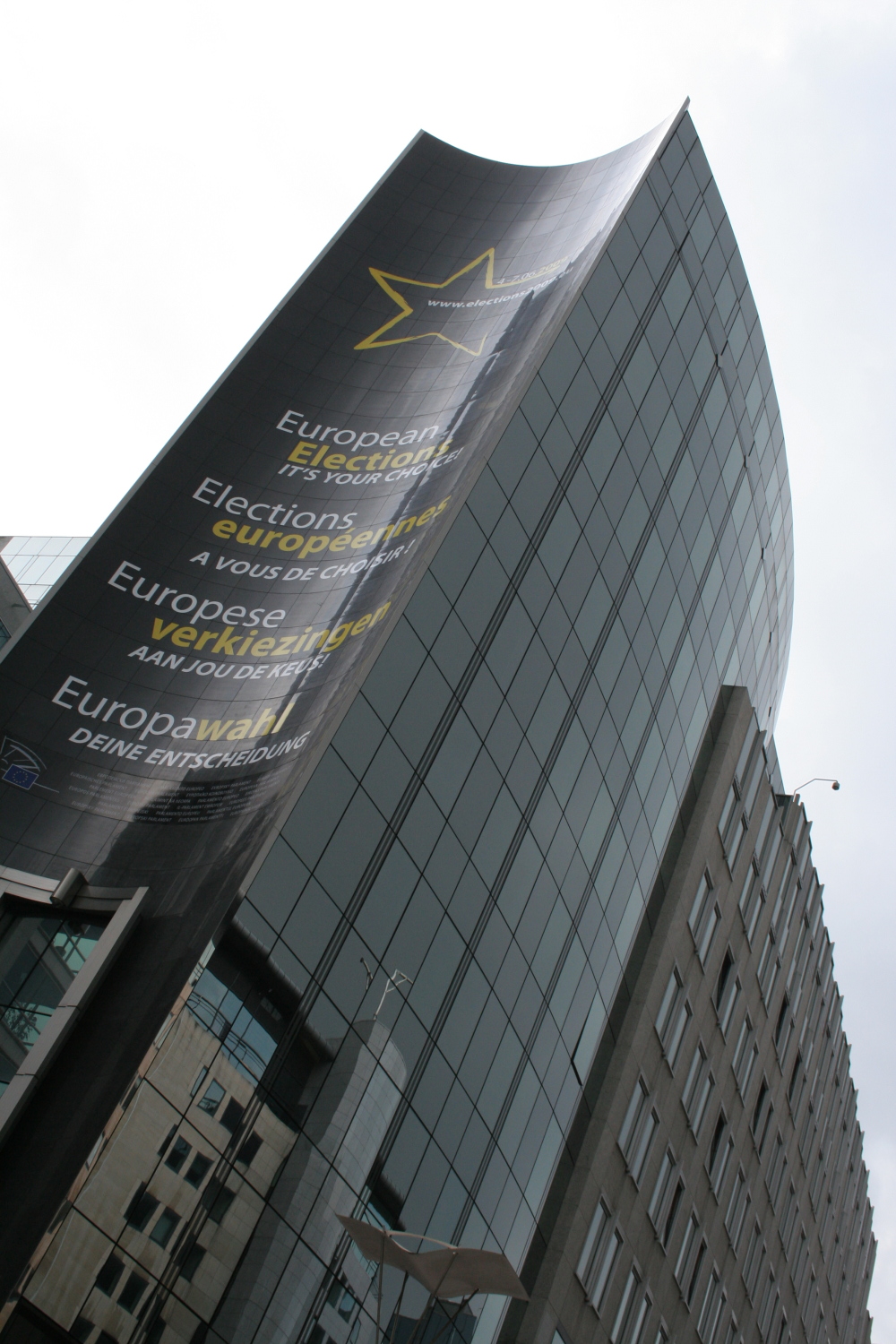
'A European quarter that has suffered over the years, right from the birth of the European integration process in 1958, followed by an expansion that was not particularly well planned,' explains Benoit Moritz, architect of the school of architecture La Cambre. 'This was due to the impromptu and urgent need for space and offices for the new European officials'
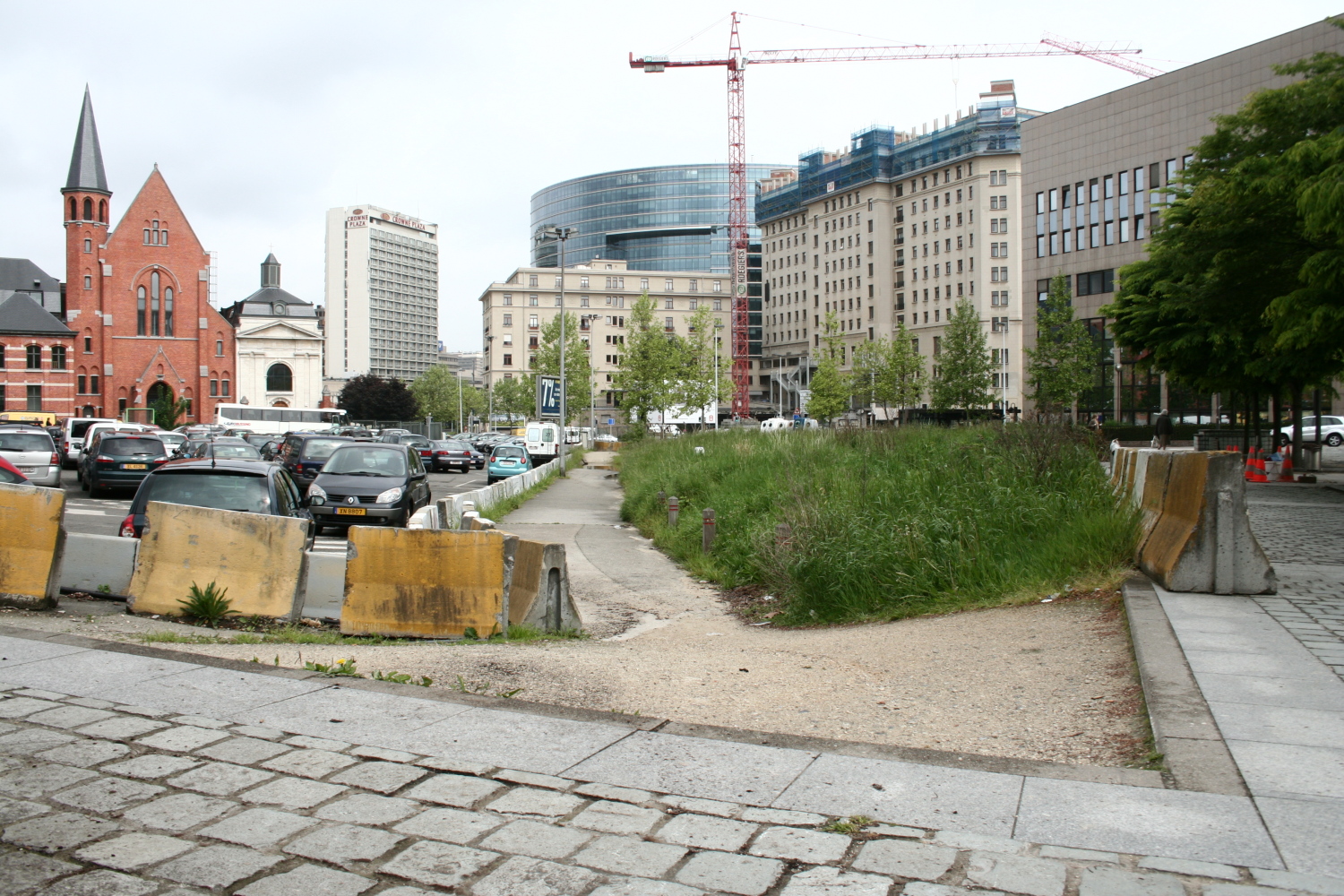
'It was an architectural intrusion on the existing urban fabric led by private investors, without input from the local residents and without any serious town planning for the future seeing as it was unsure what to expect from the EU. Speculation regarding the construction and planning followed shortly after'
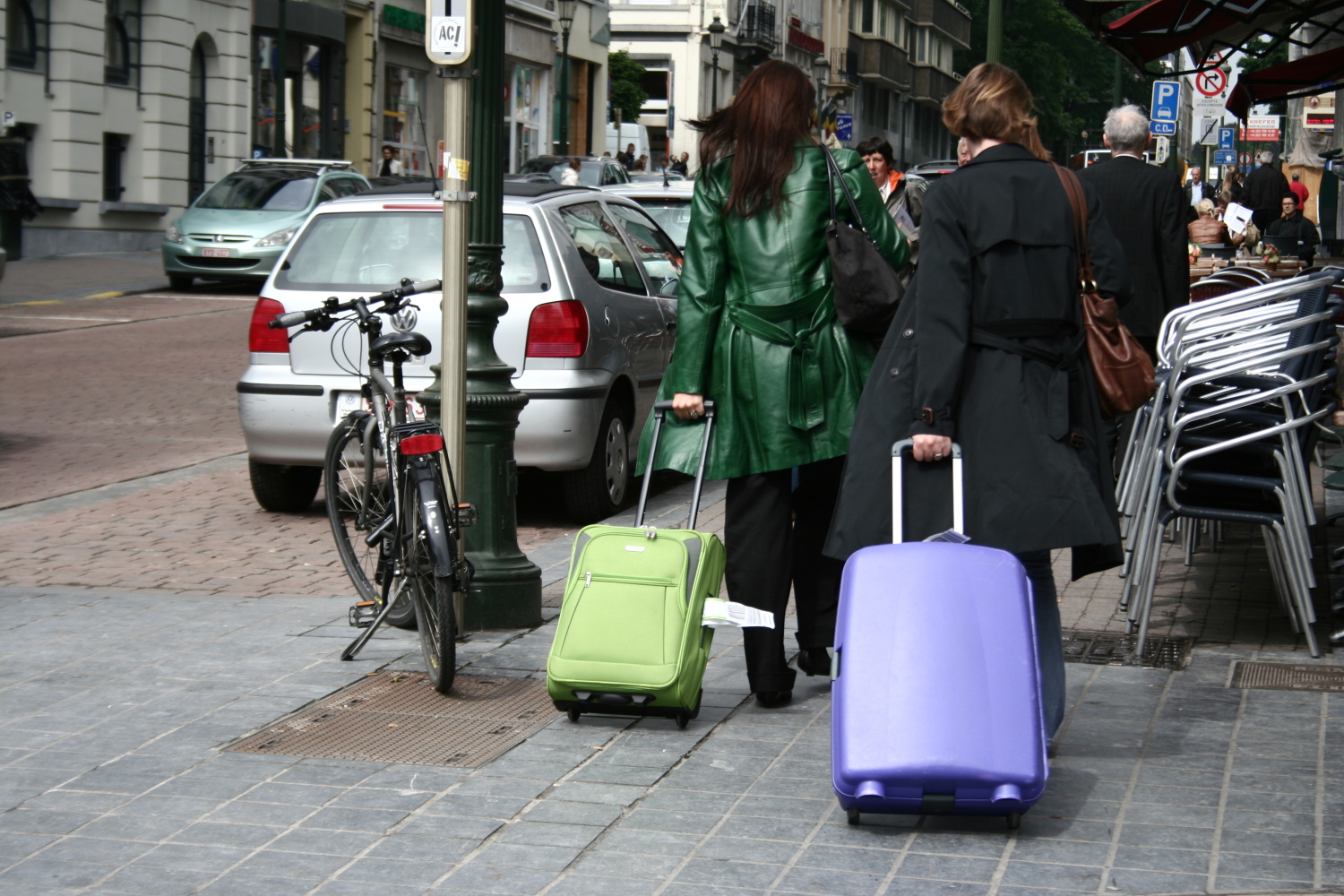
The worst consequence of all is having created an administrative ghetto, populated by men and women in suits pulling briefcases on wheels, which is hardly integrated into the rest of the city
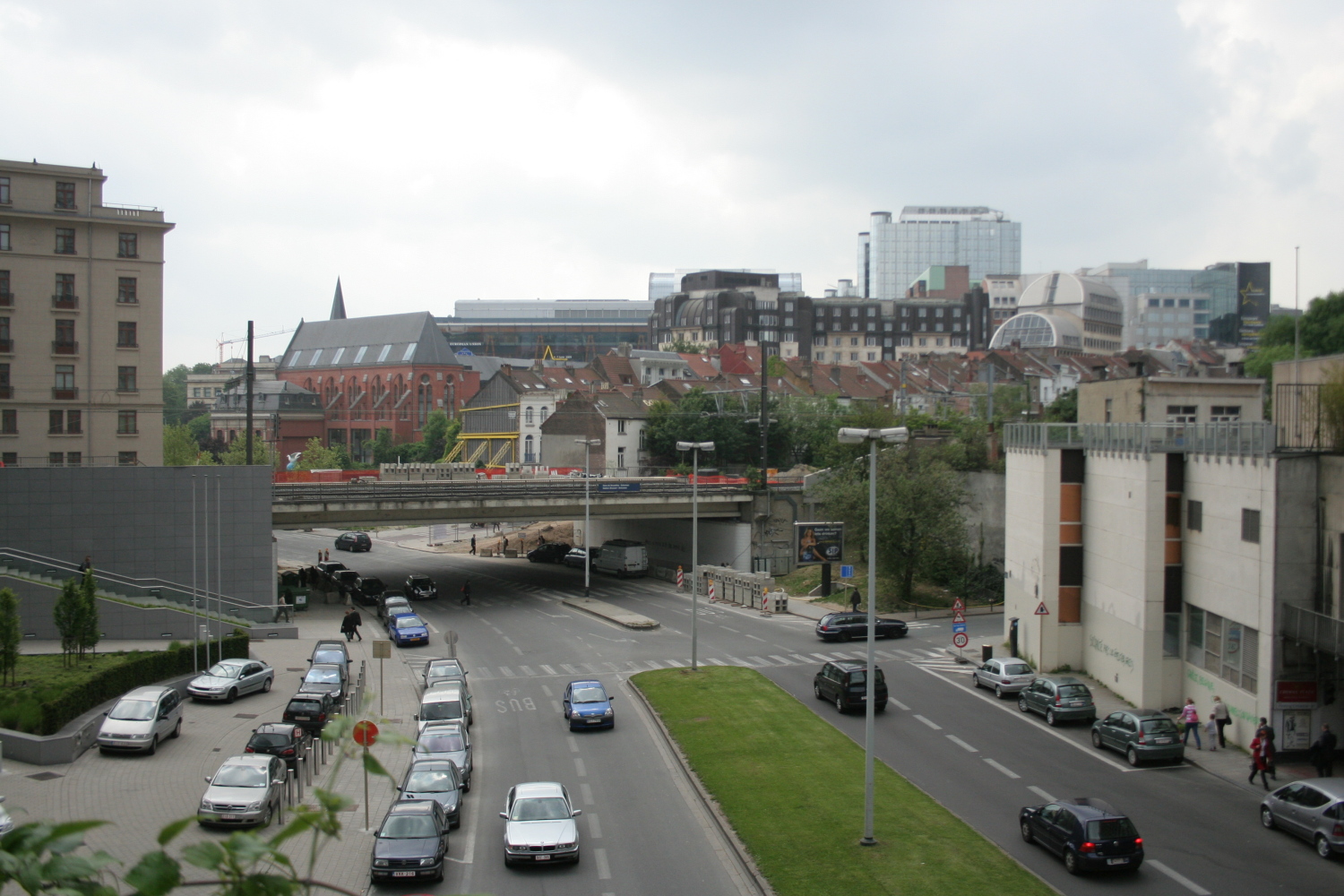
In fact, this less than fascinating part of town, even from an architectural point of view, does not have a lot to offer 'non-Eurocratic' tourists or locals, so much so that the roads become empty on Friday evening, only to come back to life on Monday morning

The building sites to be seen today however are only a taster of the restyling that will take over this area

French architect Christian de Portzamparc has been entrusted with the project that should open the area up 'to the city and the sky', his idea being to 'humanise' the neighbourhood and reduce the 'grey and sadness' that currently characterise it: there will be bikes, fewer lanes for the long and busy Rue de la Loi, as well as more recreational, commercial and cultural areas
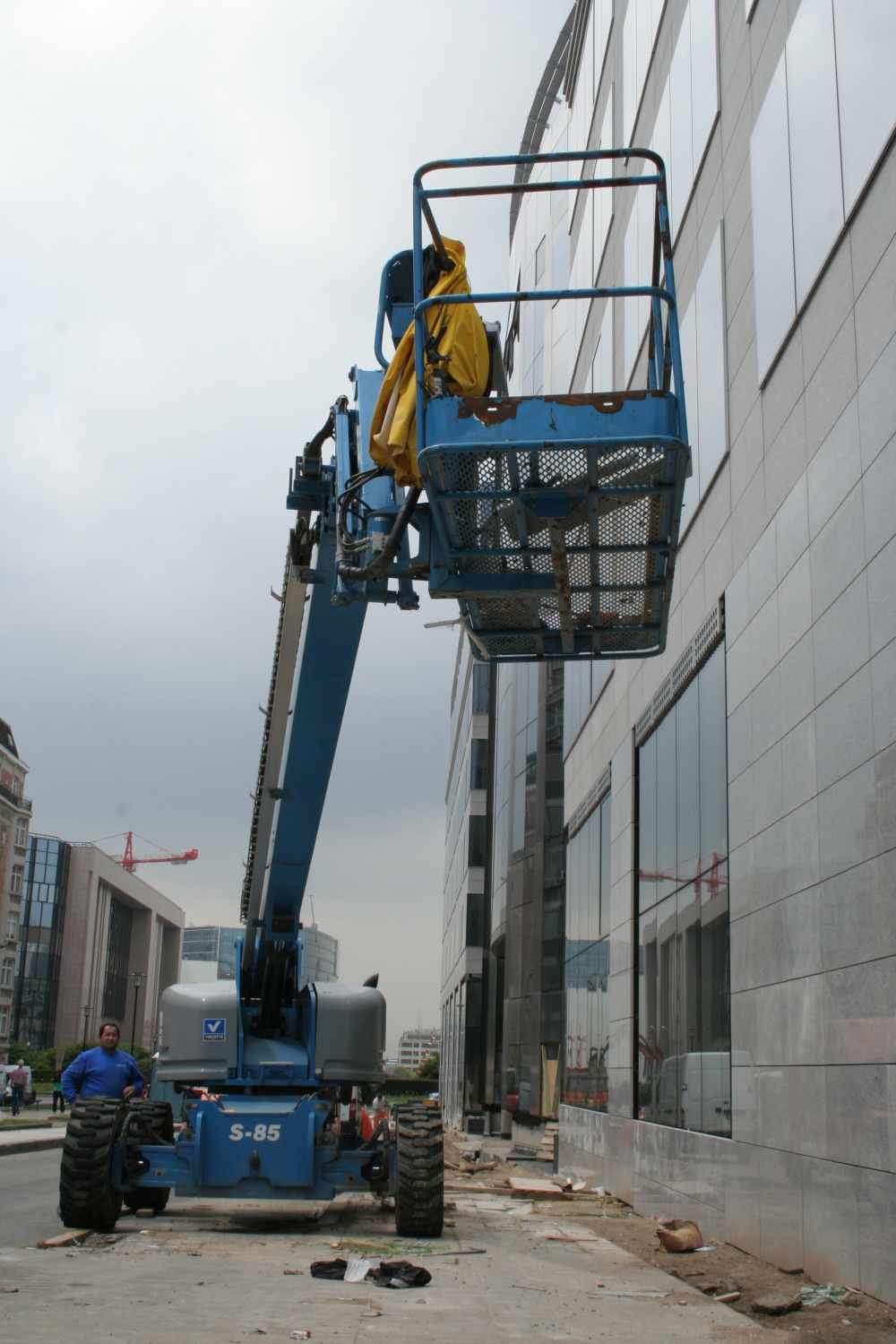
Fellow architect Moritz is sceptical. 'It’s an ambitious project,' he says, 'which everyone is talking about, but we will have to wait and see how it turns out'

'There are logistical and speculative obstacles and once again, the public has not been consulted,' he finishes.
Translated from Bruxelles: Il quartiere europeo si veste di nuovo

